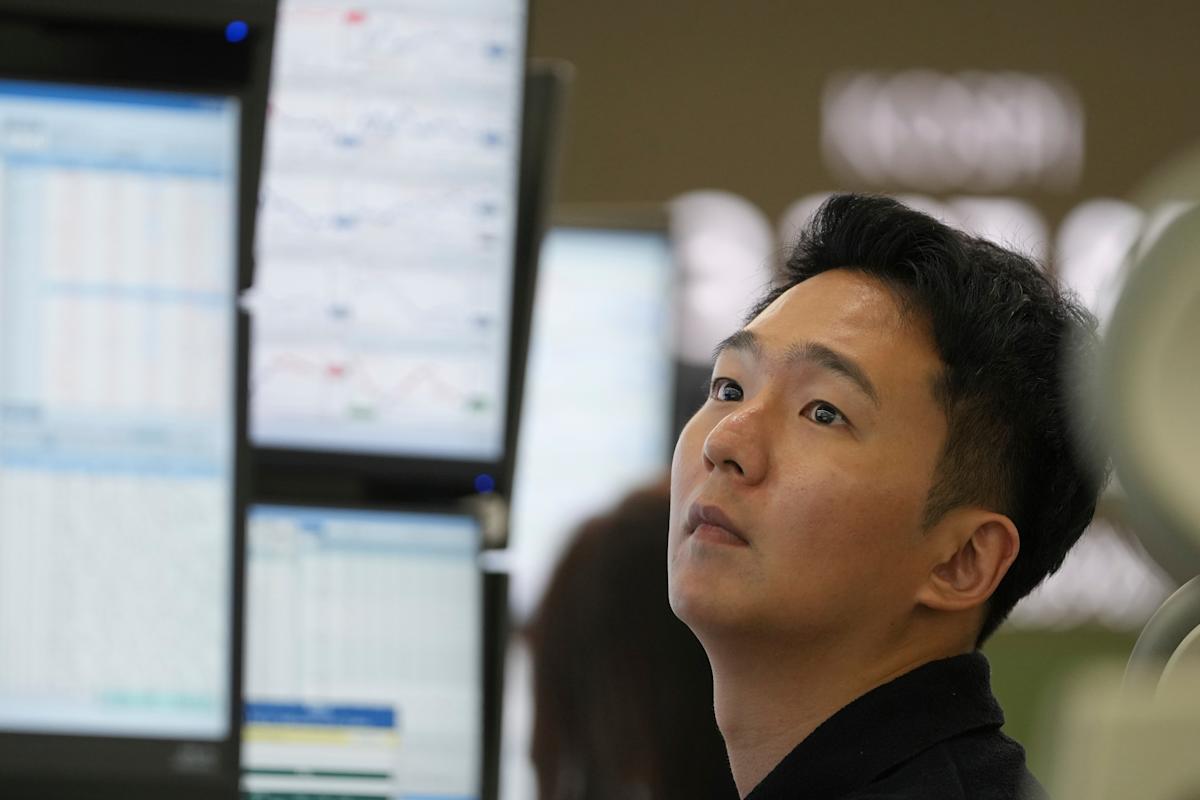Asian shares have shown a mixed performance recently in the wake of robust gains on Wall Street, where stocks achieved new all-time highs. As investors navigate through varying economic indicators and await critical U.S. inflation data, the overall sentiment in Asian markets remains cautious yet curiously optimistic.
Overview of Market Movements
Japan’s Economic Data
On Friday, Japan’s Nikkei 225 index dipped by 0.2%, settling at 42,744.80 points. The decline was attributed to disappointing factory output data for July, adversely influenced by elevated tariffs on exports to the United States. Japan’s inflation rate also showed signs of cooling, registering at 2.6% year-on-year. However, the jobless rate did decrease to 2.3%, down from 2.5% the previous month, indicating a tighter labor market that could lead to wage increases and persistent underlying inflation. Despite the mixed signals, analysts remain optimistic regarding a potential interest rate hike by the Bank of Japan, anticipated for October.
Chinese Market Performance
In contrast, China displayed a more positive outlook, with the Hang Seng index in Hong Kong increasing by 0.7% and the Shanghai Composite index rising by 0.2%. Notably, shares of Cambricon Technologies experienced a notable drop after previously soaring; this fluctuation exemplifies the volatile nature of China’s tech sector. Stephen Innes of SPI Asset Management described the current environment as a "zero-sum cage fight" rather than a simple growth trajectory, pointing to the increasing complexities and risks in trading within this sector.
Regional Trends
South Korea’s KOSPI index fell marginally by 0.1%, and Australia’s S&P/ASX 200 also decreased by 0.1%. Meanwhile, Taiwan’s TAIEX showed signs of optimism, rising by 0.5%, while India’s BSE Sensex slightly dipped by less than 0.1%.
U.S. Market Context
The mixed performances in Asia followed a strong session on Wall Street, where the S&P 500 recorded a 0.3% gain, marking its second consecutive all-time high. The Dow Jones Industrial Average experienced a reversal, gaining 0.2% to surpass previous records, while the Nasdaq composite climbed 0.5%. This uptick in technology and communication services sectors helped offset declines in other areas.
However, notable fluctuations have been observed in tech stocks. For instance, Nvidia’s shares closed down by 0.8% despite beating Wall Street’s earnings expectations, highlighting concerns that growth momentum in AI chip sales has not met analysts’ expectations.
Economic Indicators
As market participants gear up for forthcoming economic data releases, particularly on inflation, recent reports suggest a slowdown in hiring, raising questions about the sustainability of the current economic expansion. The U.S. Labor Department noted a reduction in unemployment benefit claims, signifying that employers are retaining workers despite signs of economic deceleration.
Moreover, the Commerce Department indicated a 3.3% annual growth in U.S. GDP, following a contraction in earlier quarters, but the overall sluggish job market suggests uncertainty around potential Federal Reserve interest rate cuts in the coming months. Investors are keenly awaiting the release of the U.S. personal consumption expenditures (PCE) index, with expectations indicating inflation remains stable around 2.6%.
Global Commodities and Currency Movements
Concerning commodities, U.S. benchmark crude oil prices fell to $64.17 per barrel, and Brent crude was at $67.57. The fluctuations in oil prices are pertinent, particularly amidst ongoing geopolitical tensions and changes in demand dynamics. In currency markets, the U.S. dollar strengthened slightly against the Japanese yen, reflecting broader trends in currency stability amidst fluctuating economic indicators.
Conclusion
In summary, Asian markets are experiencing a complex interplay of positive and negative factors as investors gauge economic health in light of evolving global conditions. While external dynamics that propel U.S. markets may provide a solid backdrop for optimism, local economic indicators, particularly in Japan and China, reveal a patchwork of growth dynamics.
As investors await the next set of economic data, especially concerning inflation, this period of uncertainty may continue to shape trading decisions across regional markets. The challenge for investors will be to navigate these mixed signals effectively, all while staying abreast of developments in both domestic and global economic landscapes.









